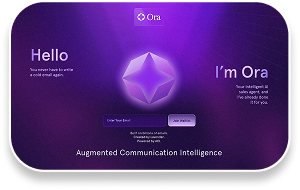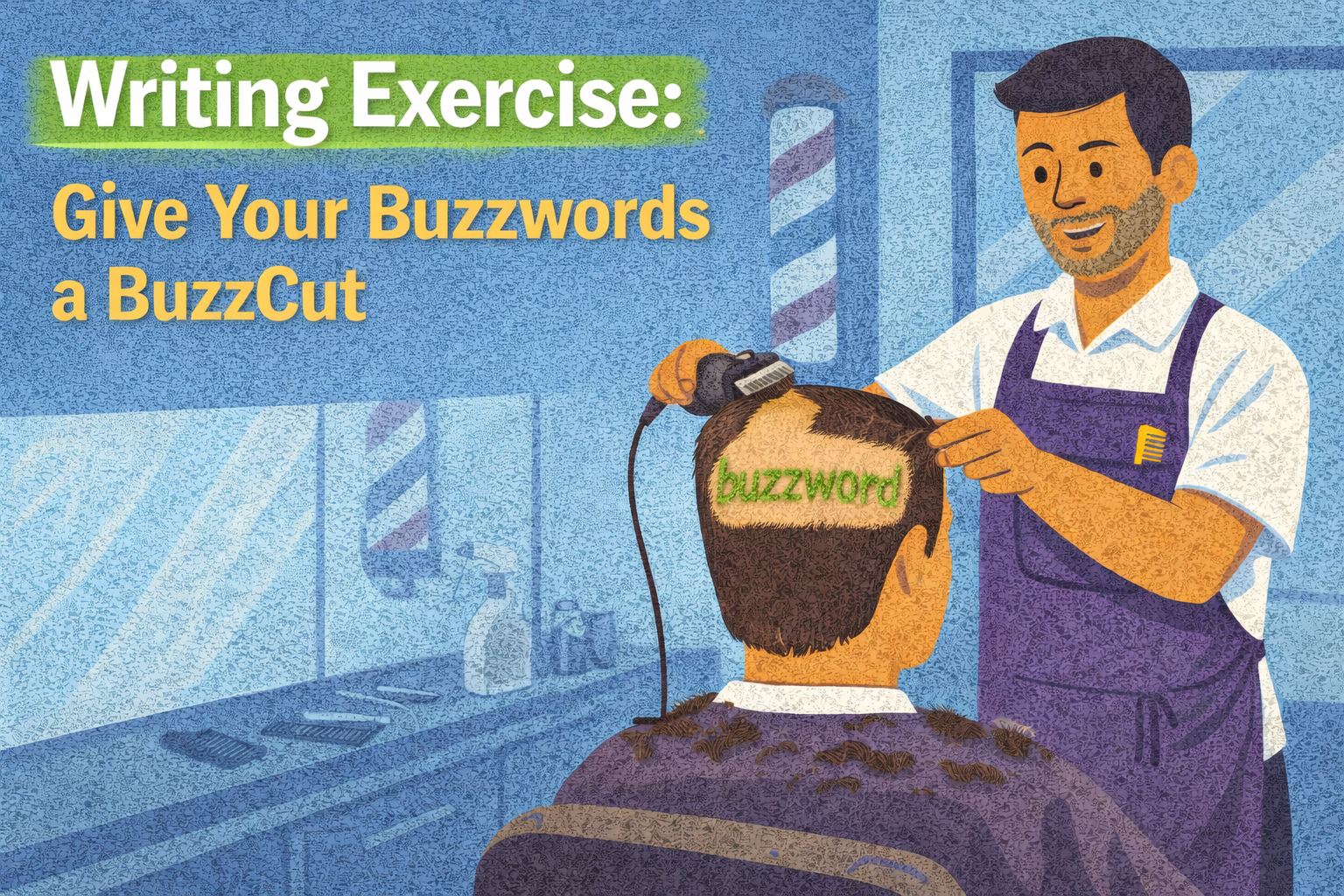An Effective Email Framework for Job Seekers
The job search can be agonizing. We're here to help make it easier with an email framework to help you get replies when applying for a role.

Job seeking is a game of vulnerability.
The overall experience is relatively the same regardless of why you’re job searching: combing through websites, filling out form after form, and then emailing a stranger.
It’s not just any cold email you’re sending, either.
In sales, you’re putting yourself out there and trying to start a conversation, eventually trying to book a meeting to sell a product.
But in job seeking, you’re really putting yourself out there, sharing details about yourself with someone you don’t know, and asking for a job. It’s vulnerability to the nth degree.

Even for the best communicators, this task can be stressful and anxiety-inducing.
We’re here to help. Writing that cold email or direct message (DM) doesn’t have to be overwhelming or challenging.
Lavender gives our users confidence in writing every email. (It’s also free for job seekers.)
Our email frameworks help some sellers quadruple their reply rates. And we’ve seen great success with a specific framework used in the job search. Now it’s yours:
The Lavender Job Seeker Email Framework
The email framework goes like this:
- Confirm the job is still open. (It’s sad how often these postings are outdated.)
- Give context to show you’ve researched the company. (What is going on at the company? Their competitive market? Their customers’ markets?)
- Play up your strengths. (What did the research tell you about their need for the role you’re applying for? How do your strengths play into that?)
- Positive framing of a weakness. (Any role will require things you’re weak at. Call those out, but position them as opportunities to grow.)
- Mitigate the risk. (Show you’re working on the weakness or lean into a strength that shows you’ll overcome it.)
- Tentatively close. (You still need to confirm they’re actively hiring.)
Here’s the framework in action:
Subject line: Looking for a Job
Hi ___,
Saw your open role for ___. Are you still hiring for it?
{Show you researched the company}
{Point to where you think they’re going and where you can help. Also known as your strengths.}
What excites me is the team’s focus on {things you’re weak on}.
{Name of the company} is a place where I want to learn and grow. {Show where you’ve been working to improve or where your strengths might apply.}
If the role is still open and you think it’s a good fit, please check out my attached resume.
Thanks,Will
Want an example that’s a little more concrete? Let’s say you’re applying for a graphic designer job.
Subject Line: Graphic Design RoleHey Joe,
I saw your open role for a graphic designer. Is it still open?
I was looking at the [company] website, and I really like the brand’s aesthetic you’ve put forward.
As you start putting out blog content, I think I can help elevate it with that vibe. I’ve done this for the last two companies I’ve worked at. (I included my portfolio below.)
What has me excited to grow is your team’s focus on video content.
Video is an area where I want to continue to learn and grow. I’ve been practicing with TikTok, which you can see in my portfolio.
If the role is still open and you think it’s a good fit, check out my portfolio here.
Thanks,
Will
Why it works:
The recruiter or hiring manager you’re emailing is like everyone else: they receive a lot of emails. Given the nature of their jobs, they may receive more than the typical person.
Your email must immediately address why you’re showing up in their inbox. As job seekers, we often feel a need to introduce ourselves and meander through an email intro. There’s no need for that — they can see who you are from your name and signature, and your subject line should set expectations for your email.
An introduction line like, “Are you still hiring for it?” brings a tentative tone and primes them to reply. Many candidates make the mistake of being presumptive, which can sometimes come across as overly confident. It’s best not to make assumptions.
The next step of including research is critical. Remember, your reader receives many emails for the role you’re interested in. One way to stand out is to show them you’ve researched the company and the job. This shows:
- You care about the role.
- You’re genuinely interested in the company.
- You’re not randomly mass-applying to a bunch of jobs.
- You have authentic reasons for why you want to work there and think you’re a good fit.
If you’re unsure where to start with research or want to improve your process, many of our cold email personalization recommendations apply to job seeking. You can also use Lavender to bring the research directly into your inbox (Lavender is free for job seekers).
Good research also helps you make your email more relevant, which can help you stand out.
The next line in the framework is “where you think the company may be going.” You’re showing you’ve done enough research to make an informed guess. And when you connect that point to your strengths and how you can help, you’re being specific about why you’re a good fit for their company.
They will have doubts about you as a candidate regardless of what you say. It’s best to get ahead of them and positively frame your weaknesses.
Positively framing a weakness also illustrates a growth mindset. Showing interest in actively developing your skills signals resilience and eagerness to learn. These are all critical, positive qualities when selling yourself in the job market.
Next, relating the points thus far to where you've been working and where your strengths might apply can help add credibility to why you’re a match for the role.
Finally, ending with a tentative close can help maximize your chance of receiving a reply. And don’t forget to attach your resume. 😉
But if you do… here’s a meme you can use in that shameful follow-up email:

Now that you’ve got the body of your email, craft a strong subject line to increase your chance of getting opens.
Writing a Job Application Subject Line
If you’re agonizing over the subject line – we get it. You’re just overthinking it!
%20(1).gif)
Writing a subject line for this type of email is one of the easiest to write. That’s because your email intentions are pretty straightforward. Your subject line should be the same.
Here are some of our subject line best practices:
- Describe what the email is about. (e.g., “Personalization Issues”)
- Use title case. (capitalizing the first letter of each word) Not using title case can reduce your opens by 30%.
- Keep it short. One to three is best. Going from a two-word subject line to a four-word subject line reduces replies by 17.5%
We also recommend avoiding:
- Numbers
- First names
- Commands
- Clichés
In the concrete email example above, a good subject line would be something like “Open {Role}” or “Applying for {Role}.”
Let us help
We may have mentioned it already, but Lavender is free for job seekers. Consider our tool a personal AI coach sitting next to you in the inbox.
Our AI can help you get started with an email, speed up your research process, help format your email for mobile, and suggest what to improve and how.
We’re here to help you put your best foot forward and land the role you deserve.








